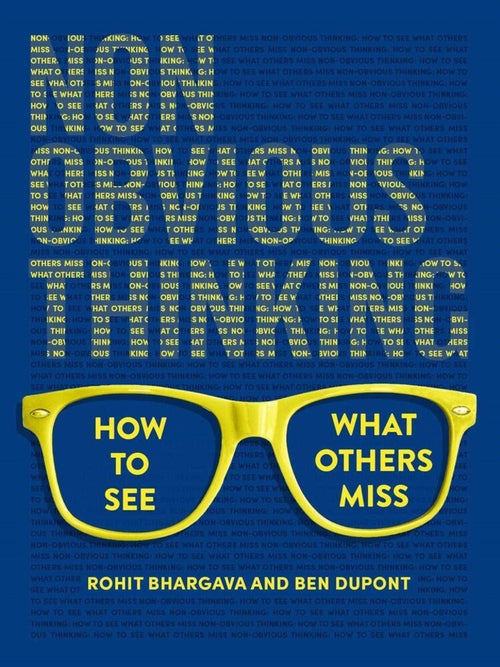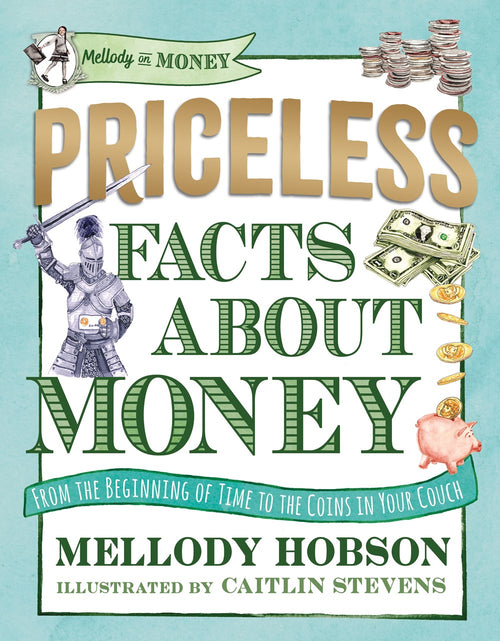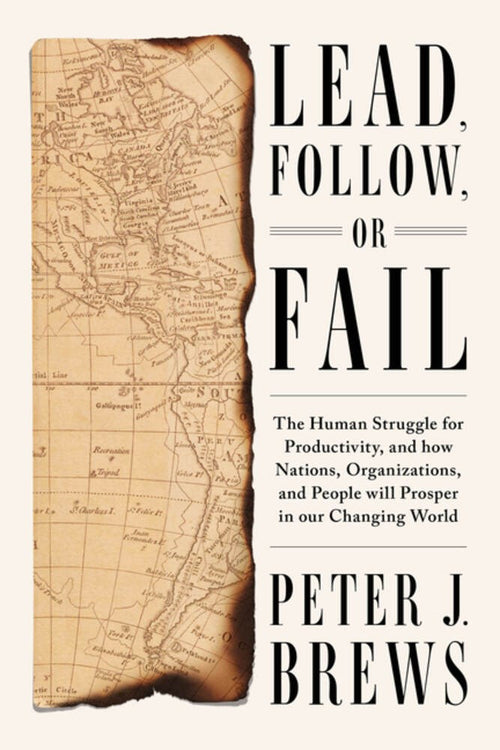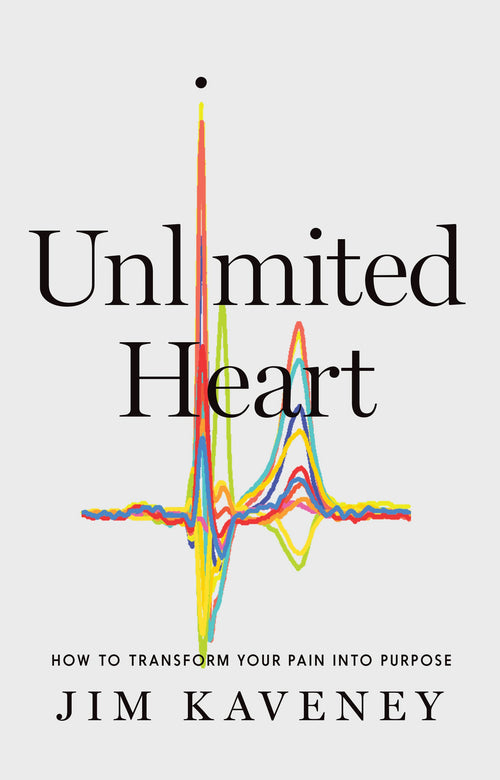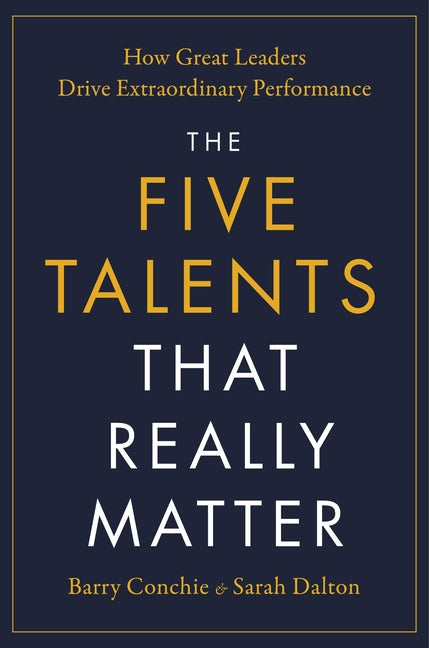The 800-CEO-READ Business Book Awards: Narrative & Biography
We are dedicating the book giveaways for the rest of 2016 to giving away all 40 books on the 800-CEO-READ Business Book Awards Longlist—one category at a time. This week, we have the books in the Narrative & Biography category.
(Editor's Note: the copy below is promotional copy from the books' publishers. If you would like to hear from the judges at 800-CEO-READ as to why these books in particular were chosen, check back in to the News & Opinion channel later this week to go "inside the longlist," or subscribe to the Keen Thinker to get our weekly roundup of content.)
Each of this week's winners will receive all five finalists for the Narrative & Biography category, and we have five sets available. The books you'll receive are:
 Breaking Rockefeller: The Incredible Story of the Ambitious Rivals Who Toppled an Oil Empire by Peter B. Doran, Viking
Breaking Rockefeller: The Incredible Story of the Ambitious Rivals Who Toppled an Oil Empire by Peter B. Doran, Viking
The incredible tale of how ambitious oil rivals, Marcus Samuel, Jr. and Henri Deterding, joined forces to topple the Standard Oil empire.
Marcus Samuel, Jr. is an unorthodox Jewish merchant trader. Henri Deterding is a take-no-prisoners oilman. In 1889, John D. Rockefeller is at the peak of his power. Having annihilated all competition and possessing near-total domination of the market, even the U.S. government is wary of challenging the great “anaconda” of Standard Oil. The Standard never loses—that is until Samuel and Deterding team up to form Royal Dutch Shell.
A riveting account of ambition, oil and greed, Breaking Rockefeller traces Samuel’s rise from outsider to the heights of the British aristocracy, Deterding’s conquest of America, and the collapse of Rockefeller’s monopoly. The beginning of the 20th century is a time when vast fortunes were made and lost. Taking readers through the rough and tumble of East London’s streets, the twilight turmoil of Tsarist Russia, to the halls of the British Parliament, and right down Broadway in New York City, Peter Doran offers a richly detailed, fresh perspective on how Samuel and Deterding beat the world’s richest man at his own game.
 Door to Door: The Magnificent, Maddening, Mysterious World of Transportation by Edward Humes, Harper
Door to Door: The Magnificent, Maddening, Mysterious World of Transportation by Edward Humes, Harper
The Pulitzer Prize-winning journalist and author of Garbology explores the hidden and costly wonders of our buy-it-now, get-it-today world of transportation, revealing the surprising truths, mounting challenges, and logistical magic behind every trip we take and every click we make.
Transportation dominates our daily existence. Thousands, even millions, of miles are embedded in everything we do and touch. We live in a door-to-door universe that works so well most Americans are scarcely aware of it. The grand ballet in which we move ourselves and our stuff is equivalent to building the Great Pyramid, the Hoover Dam, and the Empire State Building all in a day. Every day. And yet, in the one highly visible part of the transportation world—the part we drive—we suffer grinding commutes, a violent death every fifteen minutes, a dire injury every twelve seconds, and crumbling infrastructure. Now the way we move ourselves and our stuff is on the brink of great change, as a new mobility revolution upends the car culture that, for better and worse, built modern America. This unfolding revolution will disrupt lives and global trade, transforming our commutes, our vehicles, our cities, our jobs, and every aspect of culture, commerce, and the environment. We are, quite literally, at a fork in the road, though whether it will lead us to Carmageddon or Carmaheaven has yet to be determined.
Using interviews, data and deep exploration of the hidden world of ports, traffic control centers, and the research labs defining our transportation future, acclaimed journalist Edward Humes breaks down the complex movements of humans, goods, and machines as never before, from increasingly car-less citizens to the distance UPS goes to deliver a leopard-printed phone case. Tracking one day in the life of his family in Southern California, Humes uses their commutes, traffic jams, grocery stops, and online shopping excursions as a springboard to explore the paradoxes and challenges inherent in our system. He ultimately makes clear that transportation is one of the few big things we can change—our personal choices do have a profound impact, and that fork in the road is coming up fast.
Door to Door is a fascinating detective story, investigating the worldwide cast of supporting characters and technologies that have enabled us to move from here to there—past, present, and future.
 How to Make a Spaceship: A Band of Renegades, an Epic Race, and the Birth of Private Spaceflightby Julian Guthrie, Penguin Press
How to Make a Spaceship: A Band of Renegades, an Epic Race, and the Birth of Private Spaceflightby Julian Guthrie, Penguin Press
How a historic race to the stratosphere gave birth to private space flight.
Peter Diamandis was the son of hardworking Greek immigrants who wanted their science prodigy to do the family proud and become a doctor. Peter was a dutiful son, but from the time he was eight years old, staying up late to watch Apollo 11 land on the moon, he had one goal: getting to space. He started a national student space club while at MIT. He launched a rocket company in Houston while getting a medical degree from Harvard—a degree he pursued to improve his chances of getting into NASA’s Astronaut Corp. But when he realized NASA was winding down manned space flight, and he’d be lucky to fly even once, Diamandis set out on one of the great entrepreneurial adventure stories of our time. If the government wouldn’t send him to space, he would create a private spaceflight industry and get there himself.
In the 1990s, the idea of private space flight was still the stuff of science fiction. Undaunted, Diamandis found his inspiration in an unlikely place: the first golden age of manned aviation. Reading Charles Lindbergh’s The Spirit of St. Louis, Diamandis was stunned to learn the young aviator had not attempted the first transatlantic flight from New York to Paris as a stunt, but had done so to win a $25,000 prize, offered by New York hotelier Raymond Orteig. The historic flight made Lindbergh the most famous man on earth, and galvanized the commercial airline industry. Why, Diamandis thought, couldn’t the same be done for private space flight? In May 1996, standing under the arch of St. Louis - the city where Lindbergh had found his backers - Diamandis announced the $10 million XPrize for the first privately funded team to build and fly a rocket into space twice within two weeks. The deadline to win: December 31, 2004.
On a brilliant morning in the Mojave Desert, with little time to spare in the fall of 2004, a small bullet-shaped rocket called SpaceShipOne launched into space, returning safely to earth to grab the prize and make history. The story of SS1, and the other teams in the hunt, all coaxed and prodded by Diamandis even as he pulled one rabbit after another out of his hat to keep the prize afloat, is one of the most extraordinary stories of making the impossible possible.
Julian Guthrie, author of an acclaimed bestselling account of Oracle CEO Larry Ellison’s pursuit of the America’s Cup, thought she knew about outsized characters and obsessive pursuits, but the XPrize race was another order of magnitude entirely. Armed with Diamandis’s full and enthusiastic cooperation, Guthrie was given complete access to all of the major principals and has melded their stories into a spellbinding narrative, a combination of Rocket Boys and The New New Thing. In the end, as Diamandis dreamed, the result wasn’t just a victory for one team, it was the foundation for a new industry. Today, SpaceShipOne hangs in the Smithsonian’s Air and Space Museum, flanked by the Apollo 11 capsule and Charles Lindbergh’s plane, the Spirit of St. Louis.
 The Man Who Knew: The Life and Times of Alan Greenspan by Sebastian Mallaby, Penguin Press
The Man Who Knew: The Life and Times of Alan Greenspan by Sebastian Mallaby, Penguin Press
The definitive biography of the most important economic statesman of our time.
Sebastian Mallaby’s magisterial biography of Alan Greenspan, the product of over five years of research based on untrammeled access to his subject and his closest professional and personal intimates, brings into vivid focus the mysterious point where the government and the economy meet. To understand Greenspan’s story is to see the economic and political landscape of the last 30 years—and the presidency from Reagan to George W. Bush—in a whole new light. As the most influential economic statesman of his age, Greenspan spent a lifetime grappling with a momentous shift: the transformation of finance from the fixed and regulated system of the post-war era to the free-for-all of the past quarter century. The story of Greenspan is also the story of the making of modern finance, for good and for ill.
Greenspan’s life is a quintessential American success story: raised by a single mother in the Jewish émigré community of Washington Heights, he was a math prodigy who found a niche as a stats-crunching consultant teasing out patterns and trends from data sets. A master at explaining the economic weather to captains of industry, he translated that skill into advising Richard Nixon in his 1968 campaign. This led to a perch on the Council of Economic Advisers, from which the path to the Fed was relatively clear. A fire-breathing libertarian and disciple of Ayn Rand in his youth who once called the Fed’s creation a historic mistake, Mallaby shows how Greenspan governed as a pragmatist once in power. In his analysis, and in his core mission of keeping inflation in check, he was a maestro indeed, and hailed as such. At his retirement in 2006, he was lauded as the age’s necessary man, the veritable God in the machine, the global economy’s avatar. His memoirs sold for record sums to publishers around the world.
But then came 2008. Mallaby’s story lands with both feet on the great crash which did so much to damage Alan Greenspan’s reputation. Mallaby argues that the conventional wisdom is off base: Greenspan wasn’t a naïve ideologue who believed greater regulation was unnecessary. He had pressed for greater regulation of some key areas of finance over the years, and had gotten nowhere. He had grave doubts that government officials could assess risk any more wisely than private actors, and he failed to anticipate the magnitude of the danger, but to argue that he didn’t know is to miss the point. He knew more than almost anyone; the question is why he didn’t act, and whether anyone else could or would have. A close reading of Greenspan’s life provides fascinating answers to these questions, answers whose lessons we would do well to heed. Because perhaps Mallaby’s greatest lesson is that economic statesmanship, like political statesmanship, is the art of the possible. The Man Who Knew is a searching reckoning with what exactly comprised the art, and the possible, in the career of Alan Greenspan.

The astonishing story of America’s airwaves, the two friends—one a media mogul, the other a famous inventor—who made them available to us, and the government which figured out how to put a price on air.
This is the origin story of the airwaves—the foundational technology of the communications age—as told through the forty-year friendship of an entrepreneurial industrialist and a brilliant inventor.
David Sarnoff, the head of RCA and equal parts Steve Jobs, Jack Welch, and William Randolph Hearst, was the greatest supporter of his friend Edwin Armstrong, developer of the first amplifier, the modern radio transmitter, and FM radio. Sarnoff was convinced that Armstrong’s inventions had the power to change the way societies communicated with each other forever. He would become a visionary captain of the media industry, even predicting the advent of the Internet.
In the mid-1930s, however, when Armstrong suspected Sarnoff of orchestrating a cadre of government officials to seize control of the FM airwaves, he committed suicide. Sarnoff had a very different view of who his friend’s enemies were.
Many corrupt politicians and corporations saw in Armstrong’s inventions the opportunity to commodify our most ubiquitous natural resource—the air. This early alliance between high tech and business set the precedent for countless legal and industrial battles over broadband and licensing bandwidth, many of which continue to influence policy and debate today.

















